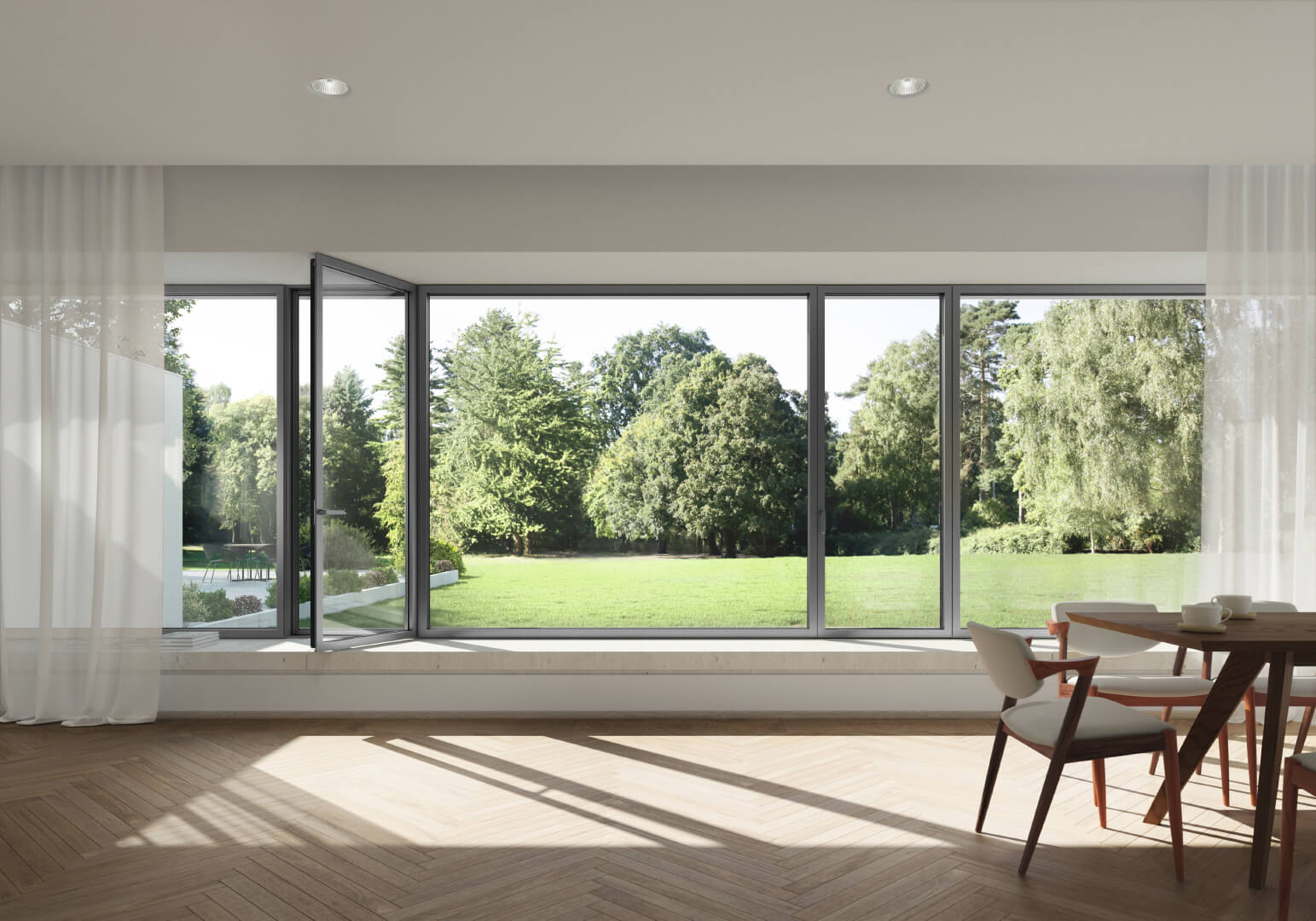
GSW // WHAT’S STANDING IN THE WAY OF DAYLIGHT AND VIEWS?
Welcome to today’s blog post. There are so many topics we could chat about today, but we thought it would be the perfect time to chat about 4 things standing in the way of daylighting and views. You might be thinking what does this mean and why would you care about it? When working with any home, the design team needs to think of a lot of variables. Daylight and views are two of these variables that are important. They are important because they can change the feel of the home and also the feel of the family living in the home. According to WebMD, and I quote “Sunlight helps boost a chemical in your brain called serotonin, and that can give you more energy and help keep you calm, positive, and focused”. Us, at GSW always offer our clients big glass openings that bring daylight and view advantages. So with that said, let’s get started.
1. GAPS IN EDUCATION
Transforming conventional business practices poses a significant hurdle. Within the design sector, this transformation necessitates comprehensive education for the entire project team. Nonetheless, with over 100,000 architects as well as owners, there remains a critical need to enlighten them about the significance of daylight and views in their work. The question arises: Have we effectively disseminated the comprehensive information to all stakeholders, or are we merely addressing a limited audience, failing to reach the broader architect community who must grasp the adverse outcomes of neglecting occupant health in their designs?
2. GOOD DESIGN IS NEITHER CHEAP NOR EASY.
Encountering challenges in designing well-lit spaces during the day is a common obstacle. The available tools for evaluating daylight availability and glare, using metrics like spatial daylight autonomy, daylight glare potential, and useful daylight illuminance, are intricate and may pose complexities in their application. Achieving optimal daylit spaces could be challenging or costly, particularly if not addressed early in the design phase and in alignment with other design objectives. Engaging a daylighting expert early in the design process has been historically problematic, as involving designers late in the process may limit their impact significantly.
An illustrative case is the utilization of daylight and views credit in the LEED certification program. In LEEDv4, only 31 percent of certified projects attained daylight credit, prompting revisions in version 4.1 to enhance its attractiveness for project inclusion. Consequently, the cost of hiring a daylighting designer and conducting thorough analyses may outweigh maintaining the status quo. Integrating a daylighting designer (alongside experts in thermal comfort and air quality) at the design stage is not yet a standard practice but is essential for fostering the development of people-centric, sustainable structures.
There is also a prevalence of uncomfortably over-illuminated spaces with extensive glazing and abundant daylight, where considerations for thermal comfort and glare management are insufficient. Instances like these have tarnished the reputation of glass curtain walls and prompted discussions about restricting the use of glass areas.
3. FINANCIAL PAYBACK.
Improving the communication of the financial benefits to building owners is essential. Unlike energy savings, the payback from these design strategies is not immediately evident, requiring owners to have faith in the long-term returns.
It is crucial to deliver research outcomes based on real-world applications in buildings, demonstrating how these strategies can impact owners’ bottom line and the well-being of their business occupants. Building owners play a pivotal role in decision-making regarding design and budgeting, shaping the overall design intent.
If all owners approached architects with a clear vision for environmentally-friendly, well-lit, and ventilated buildings prioritizing occupant well-being, the design outcomes would be significantly different. It’s important to address challenges like the split incentive in speculative real estate, where owners may not directly benefit from the health and productivity gains associated with higher-quality design.
4. THE REAL VERSUS SIMULATED DEBATE.
It is crucial to differentiate between natural and artificial sources of daylight and views. The lighting sector has effectively marketed circadian lighting, possibly suggesting it can substitute genuine daylight for regulating human circadian rhythms. However, data should emphasize that natural light is optimal, with circadian lighting serving as a partial alternative but not a complete replacement for the benefits of exposure to the significantly higher intensity of real daylight. Furthermore, considerations such as power outages and other safety concerns need to be addressed.
We encourage all our clients to think about all the variables when it comes to designing a house. Make sure your design team/architect and even product providers (windows for example), that they know what your biggest concerns and needs are. If you would like to chat with someone on our GSW team about your project, feel free to email us using the contact form on our website.








